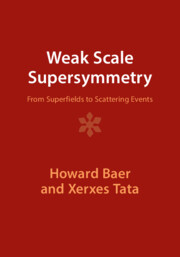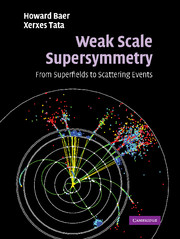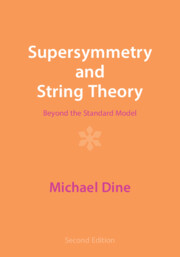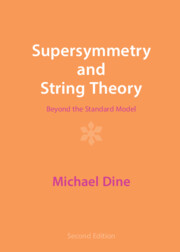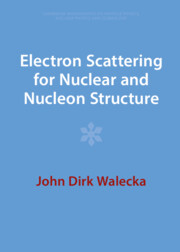Weak Scale Supersymmetry
Supersymmetric models of particle physics predict new superpartner matter states for each particle in the Standard Model. These superpartners will have wide ranging implications, from cosmology to observations at high energy accelerators, such as CERN's LHC. In this 2006 text, the authors develop the basic concepts of supersymmetry and show how it can be incorporated into a theoretical framework for describing unified theories of elementary particles. They develop the technical tools of supersymmetry using four-component spinor notation familiar to high energy experimentalists and phenomenologists. The text takes the reader from an abstract formalism to a straightforward recipe for writing supersymmetric gauge theories of particle physics, and ultimately to the calculations necessary for practical applications at colliders and in cosmology. This is a comprehensive, practical and accessible introduction to supersymmetry for experimental and phenomenological particle physicists and graduate students. It has been reissued as an Open Access publication on Cambridge Core.�
- Develops very general supersymmetric models for the interactions of elementary particles from basic principles
- Uses 4-component spinor notation to develop the superfield formalism (a necessary technical tool)
- Extensively treats the experimental implications of supersymmetry
- Contains over 100 exercises and worked examples throughout the text
- This title has been reissued as an Open Access publication on Cambridge Core
Product details
February 2023Paperback
9781009289832
556 pages
253 × 178 × 29 mm
1.06kg
Available
Table of Contents
- Preface
- 1. The Standard Model
- 2. What lies beyond the Standard Model
- 3. The Wess-Zumino model
- 4. The supersymmetry algebra
- 5. Superfield formalism
- 6. Supersymmetric gauge theories
- 7. Supersymmetry breaking
- 8. The Minimal Supersymmetric Standard Model
- 9. Implications of the MSSM
- 10. Local supersymmetry
- 11. Realistic supersymmetric models
- 12. Sparticle production at colliders
- 13. Sparticle decays
- 14. Supersymmetric event generation
- 15. The search for supersymmetry at colliders
- 16. R parity violation
- 17. Epilogue
- Appendices.

